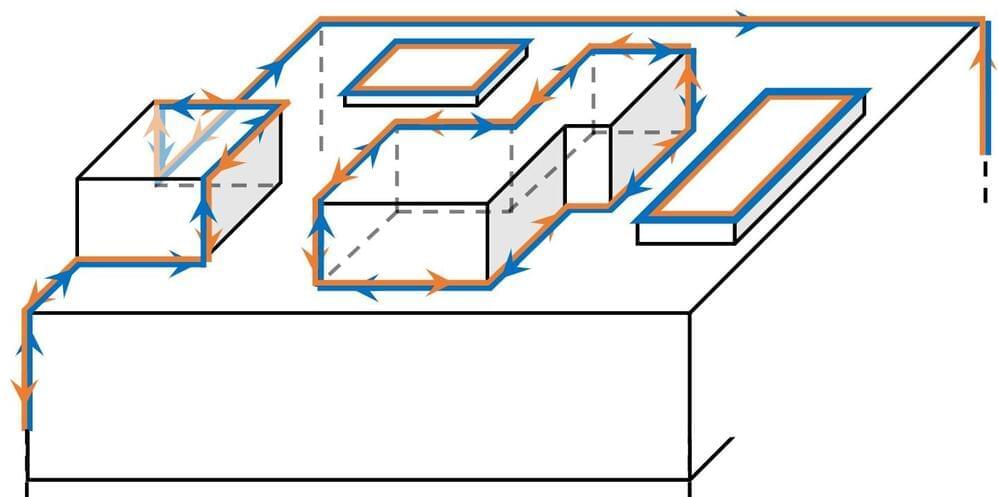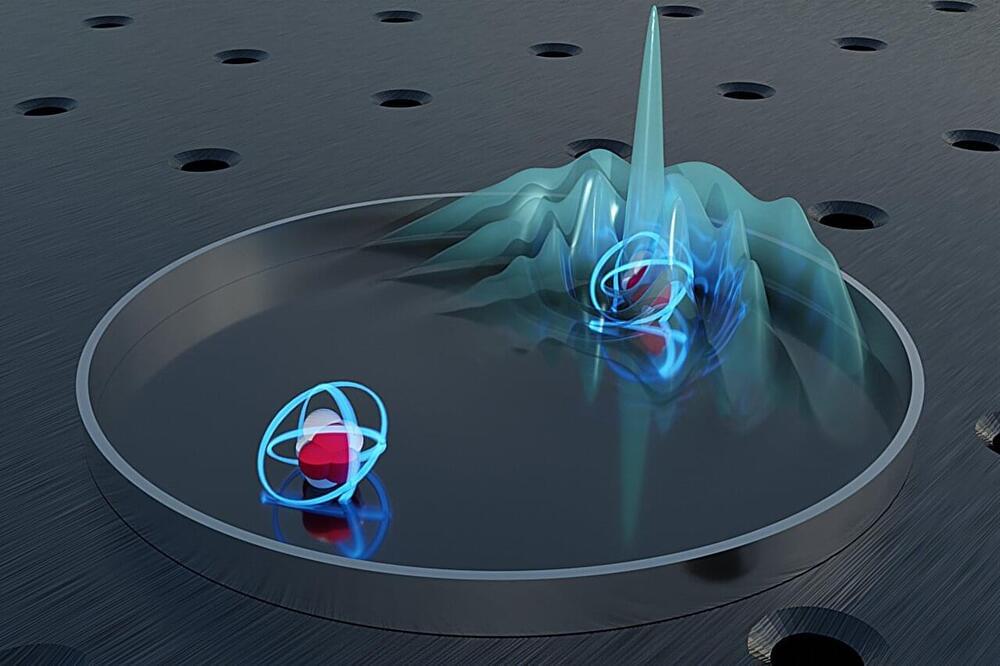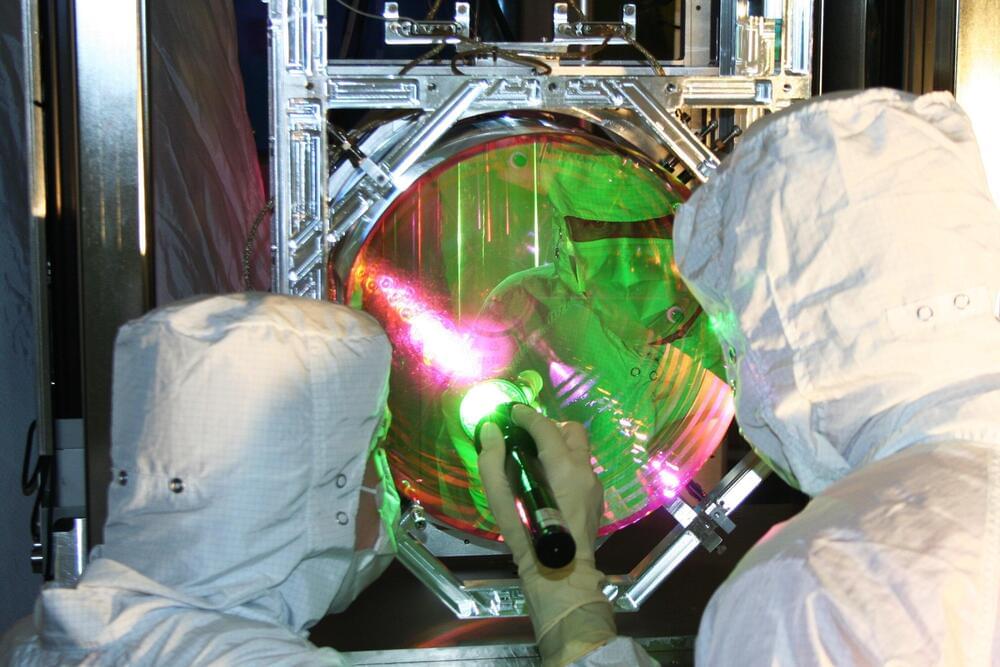Elon Musk said on X he was “uncomfortable” about increasing the EV maker’s AI and robotics capabilities without controlling at least 25% of the votes.
Just like a book can’t be judged by its cover, a material can’t always be judged by its surface. But, for an elusive conjectured class of materials, physicists have now shown that the surface previously thought to be “featureless” holds an unmistakable signature that could lead to the first definitive observation.
Higher-order topological insulators, or HOTIs, have attracted attention for their ability to conduct electricity along one-dimensional lines on their surfaces, but this property is quite difficult to experimentally distinguish from other effects. By instead studying the interiors of these materials from a different perspective, a team of physicists has identified a surface signature that is unique to HOTIs that can determine how light reflects from their surfaces.
As the team reports in the journal Nature Communications, this property could be used to experimentally confirm the existence of such topological states in real materials.
Atoms can absorb and reemit light—this is an everyday phenomenon. In most cases, however, an atom emits a light particle in all possible directions—recapturing this photon is, therefore, quite hard.
A research team from TU Wien in Vienna (Austria) has now been able to demonstrate theoretically that using a special lens, a single photon emitted by one atom can be guaranteed to be reabsorbed by a second atom. This second atom not only absorbs the photon though, but directly returns it back to the first atom. That way, the atoms pass the photon to each other with pinpoint accuracy again and again—just like in ping-pong.
Research from Interventions Testing Program on astaxanthin represents advance in longevity supplements field.
Microsoft is set to introduce its Copilot AI, powered by OpenAI’s GPT-4, to keyboards on new Windows computers.
An experiment outlined by a UCL (University College London)-led team of scientists from the UK and India could test whether relatively large masses have a quantum nature, resolving the question of whether quantum mechanical description works at a much larger scale than that of particles and atoms.
Quantum theory is typically seen as describing nature at the tiniest scales, and quantum effects have not been observed in a laboratory for objects more massive than about a quintillionth of a gram, or more precisely 10-20 g.
The new experiment, described in a paper published in Physical Review Letters and involving researchers at UCL, the University of Southampton, and the Bose Institute in Kolkata, India, could, in principle, test the quantumness of an object regardless of its mass or energy.
Stability # AI announces their first Large Language Model release of 2024: Stable Code 3B. This new LLM is available for non-commercial & commercial use.
Stable Code, an upgrade from Stable Code Alpha 3B, specializes in code completion and outperforms predecessors in efficiency and multi-language support. It is compatible with standard laptops, including non-GPU models, and features capabilities like FIM and expanded context size. Trained in multiple.
Microsoft “cherry-picked” examples of its generative AI’s output after it would frequently “hallucinate” incorrect responses, Business Insider reports.
The scoop comes from leaked audio of an internal presentation on an early version of Microsoft’s Security Copilot, a ChatGPT-like AI tool designed to help cybersecurity professionals.
According to BI, the audio contains a Microsoft researcher discussing the results of “threat hunter” tests in which the AI analyzed a Windows security log for possible malicious activity.
A volcanic eruption that has engulfed homes in an Icelandic fishing port confirms that a long-dormant faultline running under the country has woken up, threatening to belch out lava with little warning for years to come, an expert warned on Tuesday.
Glowing lava swallowed several homes on Sunday at the edge of the town of Grindavik, southwest of the capital Reykjavik.
The fishing town was mostly evacuated due to threat of an eruption last month and the most recent volcanic activity has since eased, authorities in the North Atlantic nation said on Monday.
In the vast realm of scientific discovery and technological advancement, there exists a hidden frontier that holds the key to unlocking the mysteries of the universe. This frontier is Pico Technology, a domain of measurement and manipulation at the atomic and subatomic levels. The rise of Pico Technology represents a seismic shift in our understanding of precision measurement and its applications across diverse fields, from biology to quantum computing. Pico Technology, at the intersection of precision measurement and quantum effects, represents the forefront of scientific and technological progress, unveiling the remarkable capabilities of working at the picoscale, offering unprecedented precision and reactivity that are reshaping fields ranging from medicine to green energy.
Unlocking the Picoscale World
At the heart of Pico Technology lies the ability to work at the picoscale, a dimension where a picometer, often represented as 1 × 10^−12 meters, reigns supreme. The term ‘pico’ itself is derived from the Greek word ‘pikos’, meaning ‘very small’. What sets Pico Technology apart is not just its capacity to delve deeper into smaller scales, but its unique ability to harness the inherent physical, chemical, mechanical, and optical properties of materials that naturally manifest at the picoscale.








